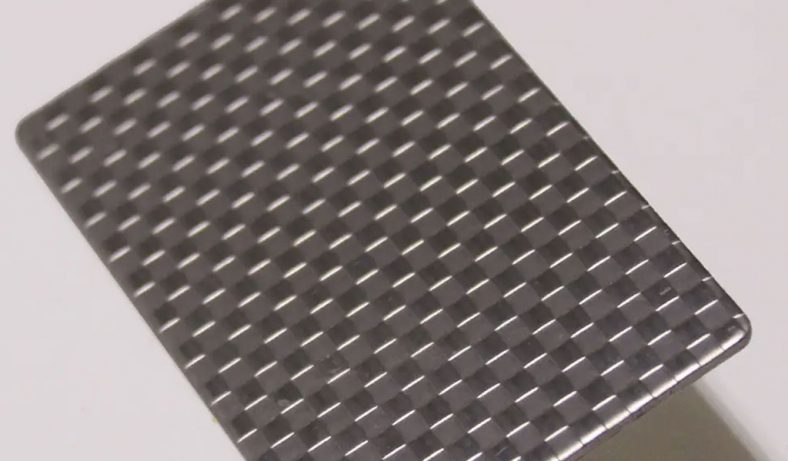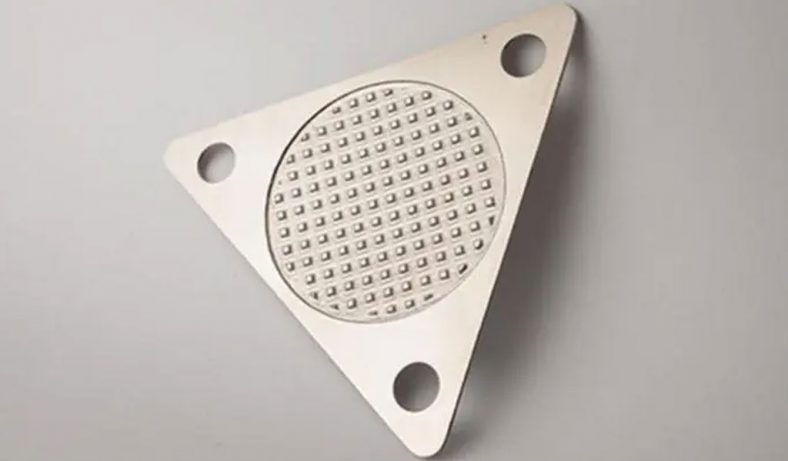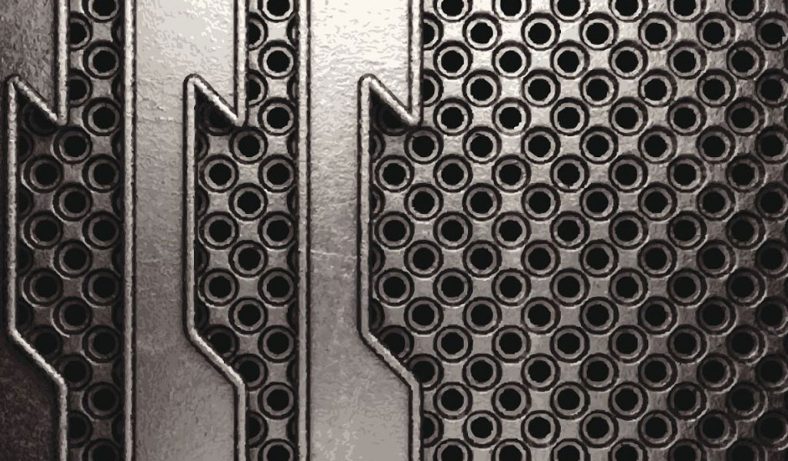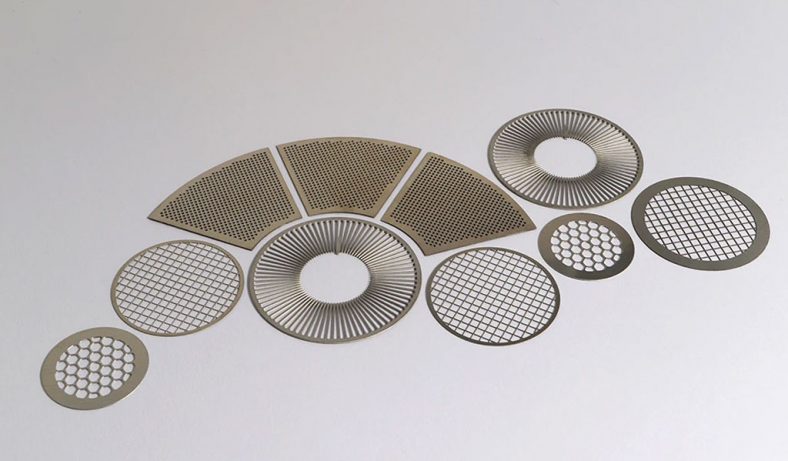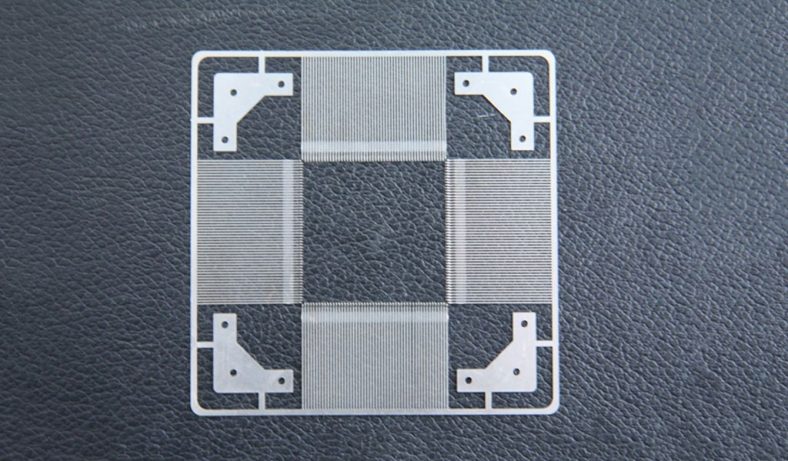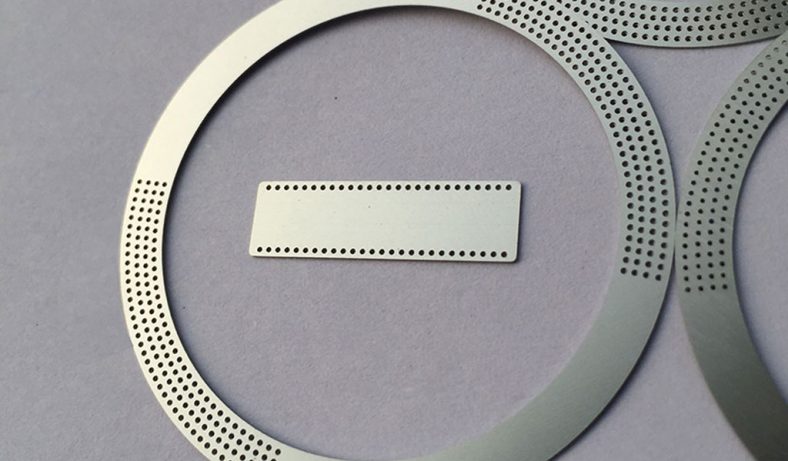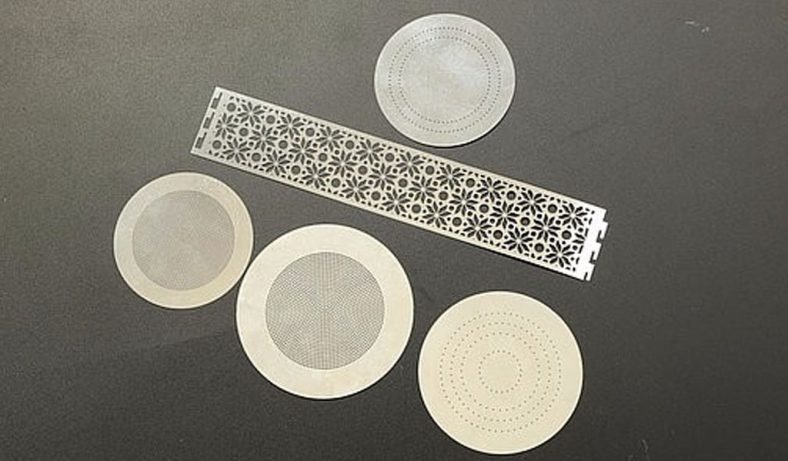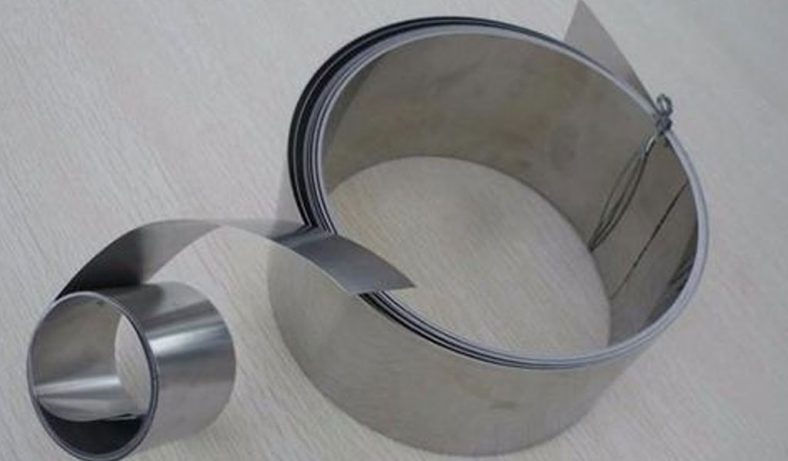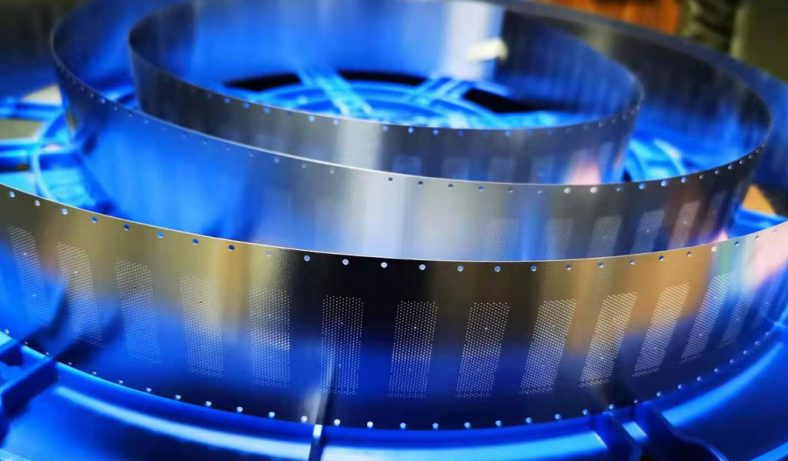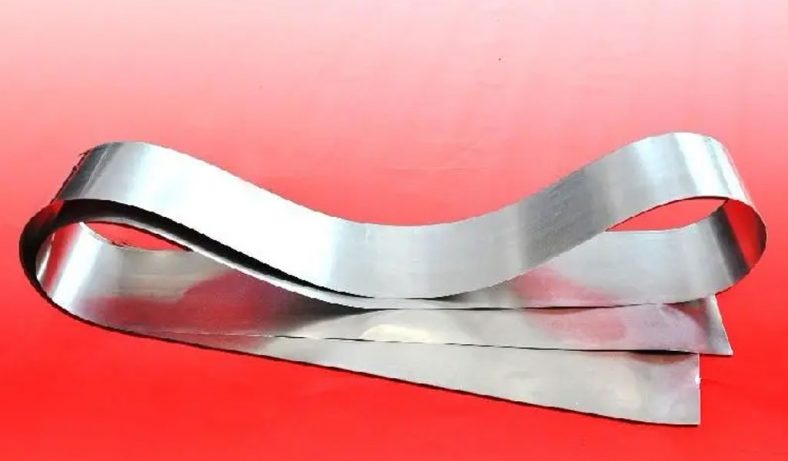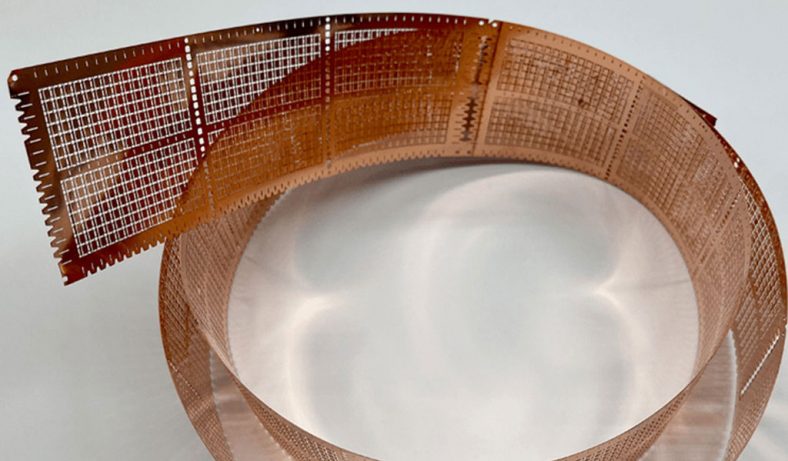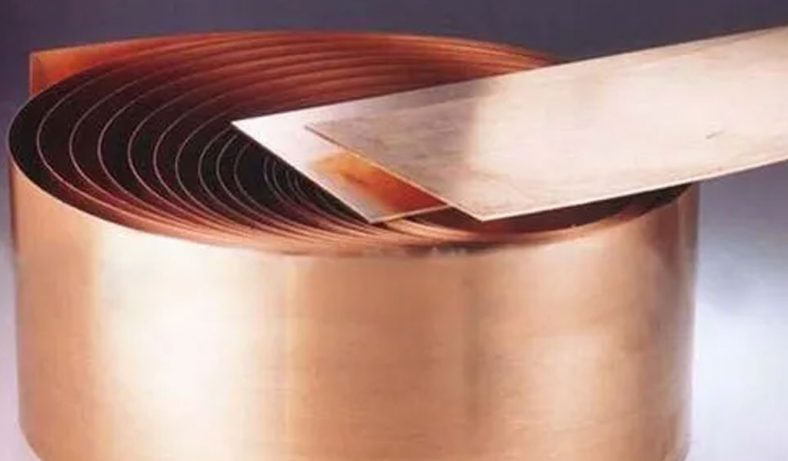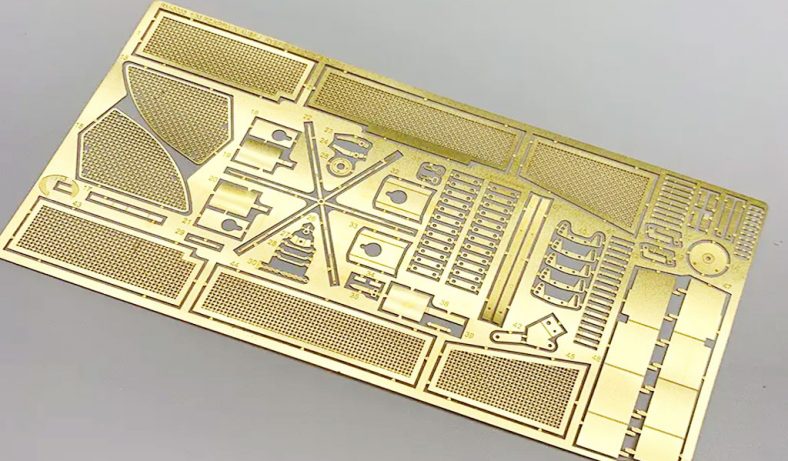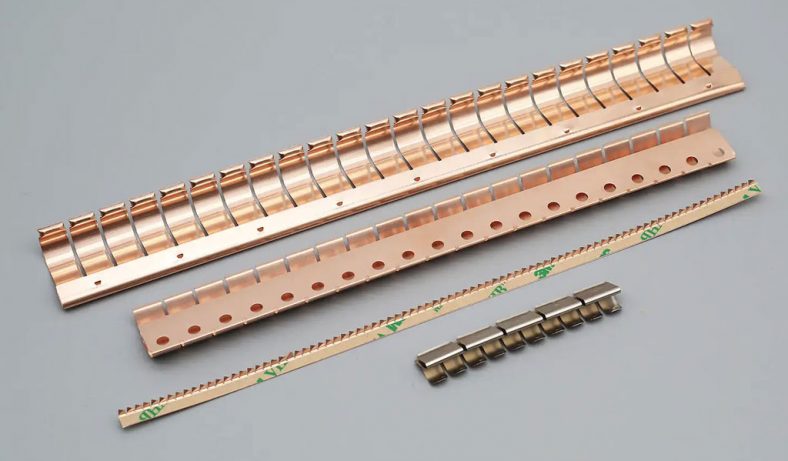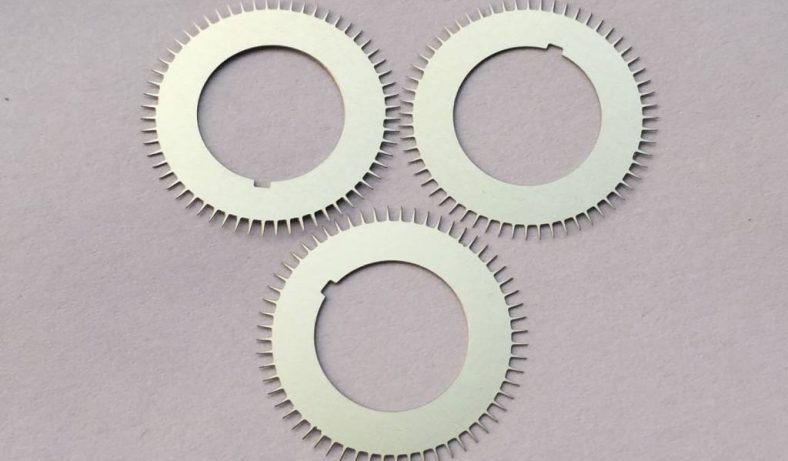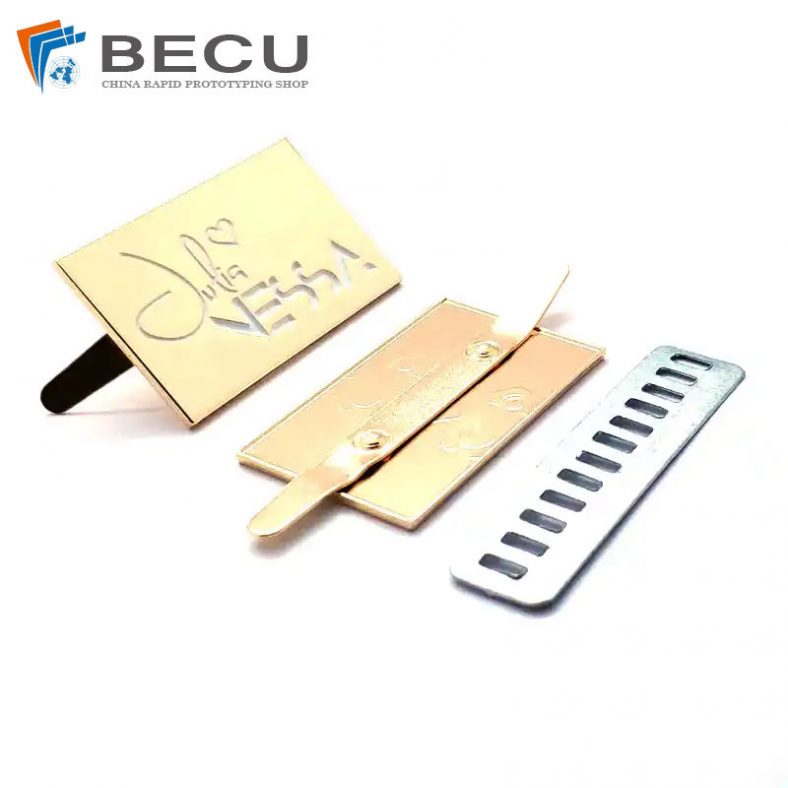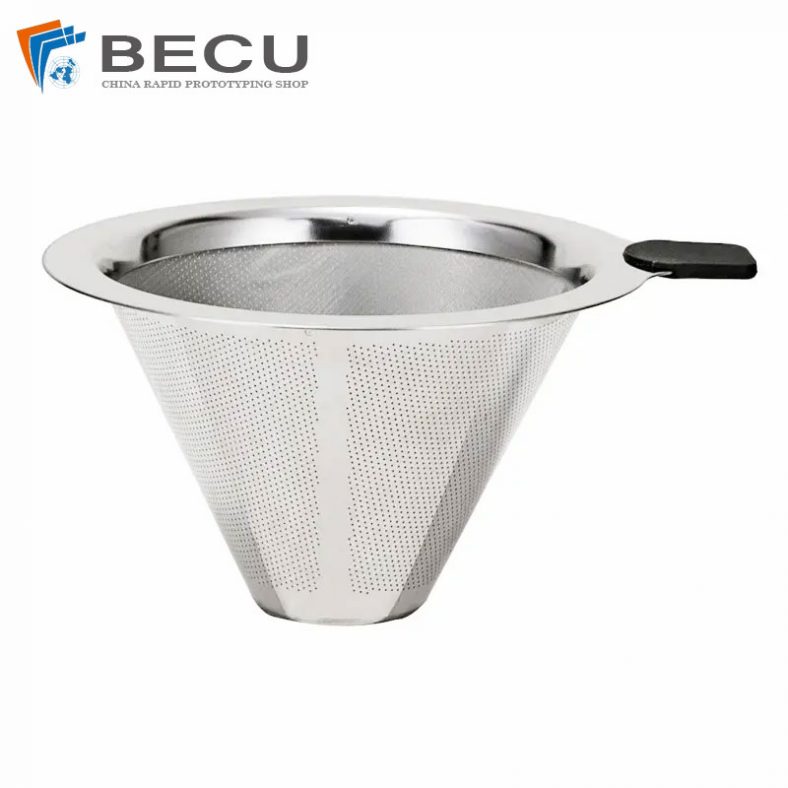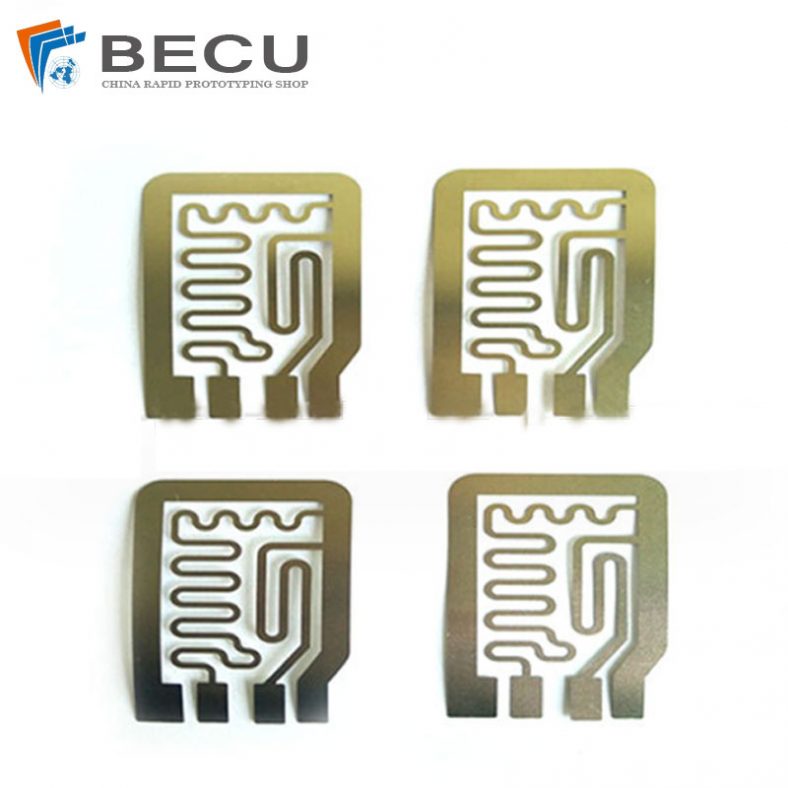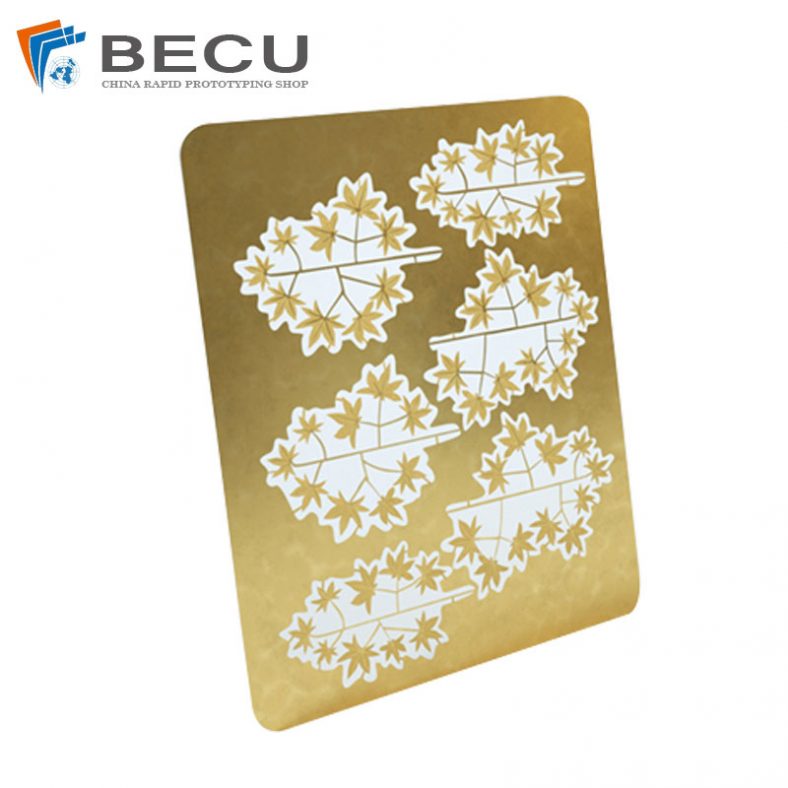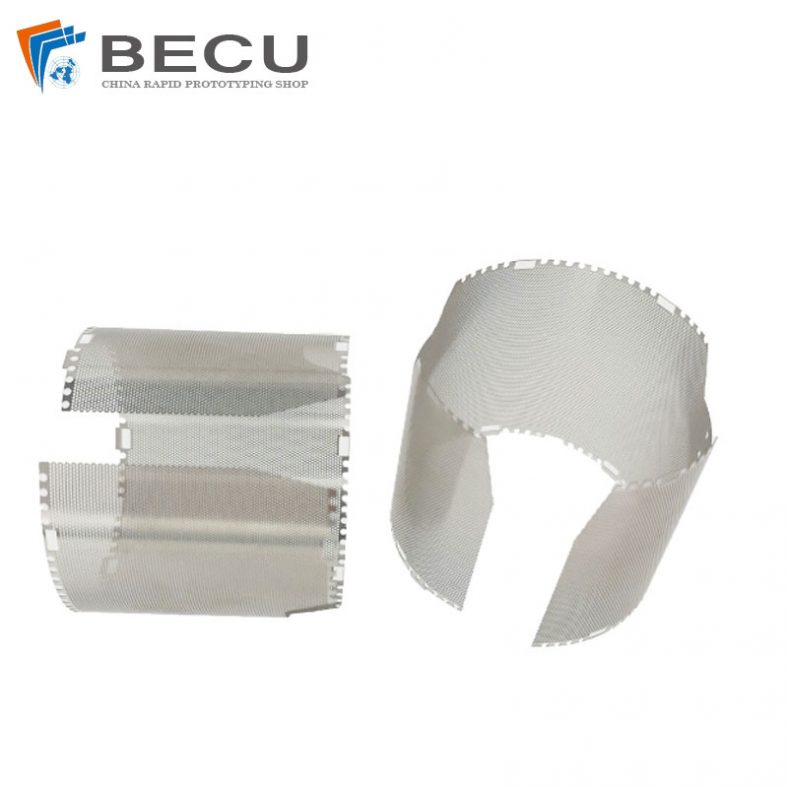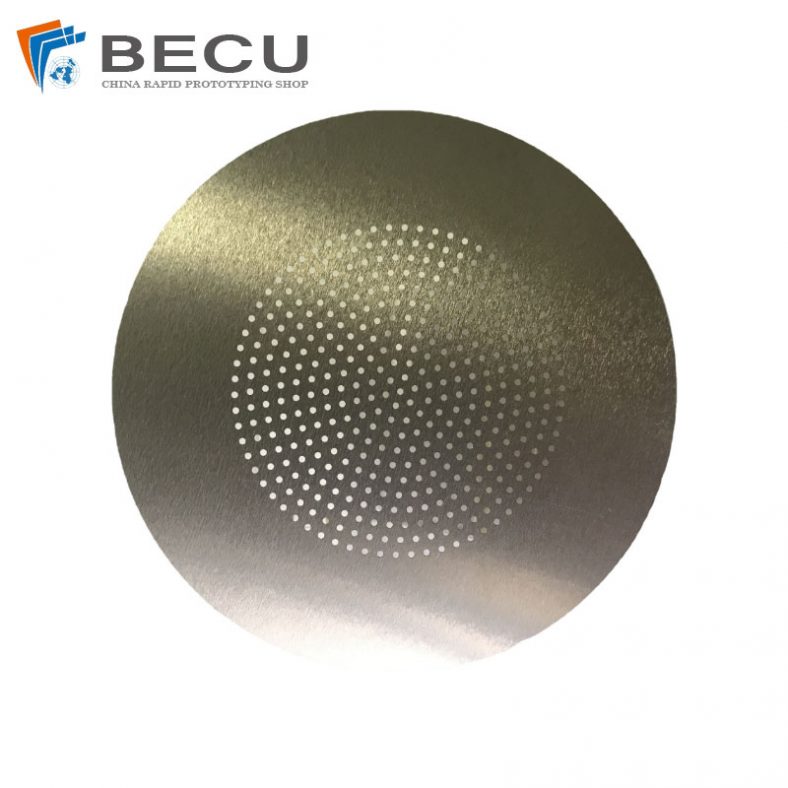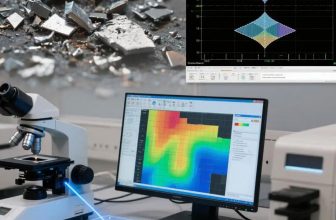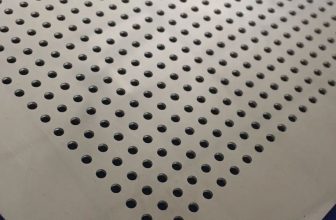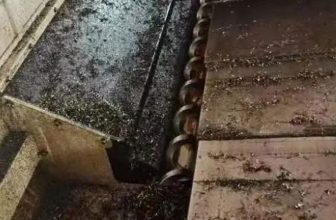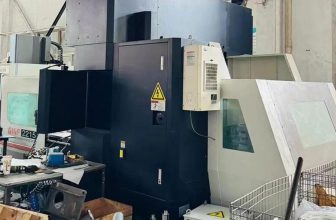Wet etching is a critical process in the fabrication of compound semiconductor devices, enabling precise patterning and surface modification essential for applications in optoelectronics, microelectronics, and photonics. Compound semiconductors, such as gallium arsenide (GaAs), indium phosphide (InP), and gallium nitride (GaN), possess unique electrical and optical properties that make them indispensable for high-performance devices like lasers, LEDs, and high-frequency transistors. However, achieving controlled surface morphology during wet etching is challenging due to the complex interplay of material properties, etchant chemistry, and process parameters. This article provides a comprehensive exploration of surface morphology control in the wet etching of compound semiconductors, covering fundamental principles, etchant systems, process optimization, and emerging techniques. The discussion is structured to offer a rigorous, scientific perspective, supported by detailed tables for comparative analysis.
1. Introduction to Wet Etching and Compound Semiconductors
Wet etching involves the selective removal of material from a semiconductor surface through chemical reactions with liquid etchants. Unlike dry etching, which relies on plasma or ion-based processes, wet etching is isotropic or anisotropic depending on the material and etchant, offering advantages in simplicity, cost-effectiveness, and compatibility with a wide range of substrates. Compound semiconductors, defined as materials composed of two or more elements from different groups in the periodic table (e.g., III-V or II-VI semiconductors), exhibit diverse crystal structures, bandgaps, and chemical reactivities that necessitate tailored etching strategies.
Surface morphology, referring to the topography and texture of the etched surface, directly influences device performance. Smooth surfaces are critical for high-quality epitaxial growth, while controlled roughness or specific patterns may enhance light extraction in LEDs or carrier mobility in transistors. The primary challenge in wet etching lies in balancing etch rate, selectivity, and surface quality, as uncontrolled etching can lead to defects such as pitting, faceting, or undercutting. This article examines the mechanisms governing surface morphology and strategies to achieve precise control, drawing on decades of research and industrial practice.
2. Fundamentals of Wet Etching in Compound Semiconductors
2.1 Chemical Mechanisms of Wet Etching
Wet etching of compound semiconductors proceeds through a series of chemical reactions between the etchant and the semiconductor surface. These reactions typically involve oxidation of the semiconductor surface followed by dissolution of the resulting oxides or reaction products. For III-V semiconductors like GaAs, the process can be described by the following simplified reaction for an acidic etchant:
<math xmlns=”http://www.w3.org/1998/Math/MathML”><semantics><mrow><mtext>GaAs</mtext><mo>+</mo><mtext>Oxidant</mtext><mo>+</mo><mtext>Acid</mtext><mo>→</mo><msup><mtext>Ga</mtext><mrow><mn>3</mn><mo>+</mo></mrow></msup><mo>+</mo><msup><mtext>As</mtext><mrow><mn>3</mn><mo>+</mo></mrow></msup><mo>+</mo><mtext>Soluble Products</mtext></mrow><annotation encoding=”application/x-tex”> \text{GaAs} + \text{Oxidant} + \text{Acid} \rightarrow \text{Ga}^{3+} + \text{As}^{3+} + \text{Soluble Products} </annotation></semantics></math>GaAs+Oxidant+Acid→Ga3++As3++Soluble Products
The choice of oxidant (e.g., hydrogen peroxide, H₂O₂) and acid (e.g., hydrochloric acid, HCl) determines the etch rate and surface finish. For instance, H₂O₂ oxidizes the GaAs surface, forming gallium and arsenic oxides, which are subsequently dissolved by the acid. The stoichiometry of the reaction, influenced by etchant concentration and pH, plays a critical role in controlling morphology. Anisotropic etching, where the etch rate varies with crystal orientation, arises from differences in surface energy and bonding strength across crystallographic planes.
2.2 Crystallographic Effects on Etching
Compound semiconductors often have zincblende or wurtzite crystal structures, which exhibit orientation-dependent etching behavior. For example, in GaAs (zincblende structure), the (100), (110), and (111) planes have distinct atomic arrangements, leading to varying etch rates. The (111)A plane, terminated by group III atoms (e.g., Ga), is typically more resistant to etching than the (111)B plane, terminated by group V atoms (e.g., As). This anisotropy can be exploited to create specific surface features, such as V-grooves or mesas, but it also poses challenges in achieving uniform morphology.
2.3 Surface Morphology Metrics
Surface morphology is quantified using metrics such as roughness (root mean square, RMS), feature size, and defect density. Techniques like atomic force microscopy (AFM), scanning electron microscopy (SEM), and profilometry are employed to characterize etched surfaces. RMS roughness values below 1 nm are often required for optoelectronic applications, while controlled micro- or nanoscale texturing may be desirable for photonic devices. The interplay between etch rate, etchant composition, and substrate properties governs these outcomes.
3. Etchant Systems for Compound Semiconductors
3.1 Acidic Etchants
Acidic etchants are widely used for III-V semiconductors due to their high etch rates and versatility. Common systems include:
- H₂SO₄:H₂O₂:H₂O: This mixture is popular for GaAs etching, offering tunable etch rates by adjusting the volume ratio. A typical ratio of 1:8:80 (H₂SO₄:H₂O₂:H₂O) yields smooth surfaces but may cause pitting at high H₂O₂ concentrations.
- HCl:H₂O₂:H₂O: Effective for InP, this system provides anisotropic etching, producing well-defined features. However, excessive HCl can lead to surface roughening.
- H₃PO₄:H₂O₂:H₂O: Used for both GaAs and InP, this etchant is less aggressive, suitable for applications requiring minimal surface damage.
Acidic etchants tend to produce isotropic profiles unless crystallographic effects dominate, and their performance is sensitive to temperature and agitation.
3.2 Alkaline Etchants
Alkaline etchants, such as those based on potassium hydroxide (KOH) or ammonium hydroxide (NH₄OH), are less common but valuable for specific applications. For GaN, a wide-bandgap III-V semiconductor, KOH-based etchants are effective due to GaN’s chemical stability. Alkaline etching often results in anisotropic profiles, revealing crystallographic planes. For example, KOH etching of GaN produces hexagonal pyramids on the (0001) surface, enhancing light extraction in LEDs. However, alkaline etchants are prone to forming etch pits, requiring careful optimization.
3.3 Halogen-Based Etchants
Halogen-based etchants, such as bromine-methanol (Br₂:MeOH) or iodine-based solutions, offer high selectivity and smooth surfaces. Br₂:MeOH is particularly effective for GaAs, producing mirror-like finishes at low bromine concentrations (e.g., 0.5–2%). However, halogen etchants are hazardous and require stringent safety protocols, limiting their widespread use.
3.4 Comparison of Etchant Systems
The following table compares key etchant systems for GaAs, InP, and GaN, highlighting their etch rates, surface morphology, and applications.
| Etchant System | Semiconductor | Typical Composition | Etch Rate (nm/min) | Surface Morphology | Applications | Advantages | Disadvantages |
|---|---|---|---|---|---|---|---|
| H₂SO₄:H₂O₂:H₂O | GaAs | 1:8:80 | 100–1000 | Smooth, occasional pitting | MESFETs, HBTs | High etch rate, cost-effective | Sensitive to composition |
| HCl:H₂O₂:H₂O | InP | 1:1:10 | 50–500 | Anisotropic, faceted | Lasers, photodetectors | Good selectivity | Roughness at high HCl |
| H₃PO₄:H₂O₂:H₂O | GaAs, InP | 1:1:38 | 20–200 | Smooth, uniform | General patterning | Gentle etching | Slow etch rate |
| KOH | GaN | 1 M KOH, 80°C | 10–100 | Hexagonal pyramids | LEDs, HEMTs | Anisotropic etching | Etch pit formation |
| Br₂:MeOH | GaAs | 1% Br₂ in MeOH | 500–2000 | Mirror-like | High-precision etching | Excellent smoothness | Hazardous, expensive |
4. Factors Influencing Surface Morphology
4.1 Etchant Composition and Concentration
The ratio of oxidant to solvent in an etchant profoundly affects surface morphology. High oxidant concentrations accelerate etching but may cause surface roughening due to excessive reaction rates. For instance, in H₂SO₄:H₂O₂:H₂O etching of GaAs, increasing H₂O₂ from 8 to 20 parts (in a 1:x:80 ratio) raises the etch rate from 100 nm/min to 1500 nm/min but introduces pitting. Dilute etchants, conversely, promote smoother surfaces but reduce throughput.
4.2 Temperature
Etching temperature influences both reaction kinetics and surface diffusion. Higher temperatures enhance etch rates by increasing the activation energy for chemical reactions, but they may degrade morphology by promoting defect formation. For GaN etching in KOH, temperatures above 80°C produce well-defined pyramids, while lower temperatures result in irregular features. Optimal temperature ranges vary by material and etchant, typically 20–80°C for III-V semiconductors.
4.3 Agitation and Mass Transport
Agitation, achieved through stirring or ultrasonic methods, ensures uniform etchant distribution and prevents the accumulation of reaction byproducts on the surface. In Br₂:MeOH etching of GaAs, gentle agitation yields RMS roughness below 0.5 nm, while static etching causes localized pitting. However, excessive agitation can induce turbulence, leading to non-uniform etching.
4.4 Substrate Properties
Substrate characteristics, including doping level, defect density, and surface preparation, significantly impact morphology. N-type GaAs etches faster than p-type due to differences in surface Fermi level, affecting reaction kinetics. Pre-etch cleaning, such as oxide removal with HCl, is critical to ensure uniform etching. Dislocations or impurities in the substrate can act as etch initiation sites, leading to defects.
5. Techniques for Morphology Control
5.1 Etchant Optimization
Systematic optimization of etchant composition is a primary strategy for morphology control. For GaAs, iterative adjustment of H₂SO₄:H₂O₂:H₂O ratios can minimize pitting while maintaining acceptable etch rates. Response surface methodology (RSM), a statistical approach, is often employed to map the relationship between etchant parameters and surface quality, enabling precise tuning.
5.2 Additives and Surfactants
The addition of surfactants or complexing agents can modify etching behavior. For example, adding citric acid to H₃PO₄:H₂O₂:H₂O etchants for InP reduces surface roughness by stabilizing reaction intermediates. Surfactants like sodium dodecyl sulfate (SDS) lower surface tension, promoting uniform etchant wetting and reducing defect formation.
5.3 Electrochemical Etching
Electrochemical etching, where an external voltage drives the etching process, offers enhanced control over morphology. By applying a bias to the semiconductor, the etch rate and anisotropy can be precisely modulated. For GaN, photoelectrochemical etching under UV illumination produces smooth surfaces with RMS roughness below 1 nm, ideal for optoelectronic devices.
5.4 Masking and Patterning
Photolithography or other masking techniques enable selective etching, allowing the creation of specific surface features. For instance, SiO₂ or photoresist masks are used to define mesas or trenches in GaAs, with the mask material influencing edge profile and surface quality. Mask adhesion and etchant compatibility are critical to prevent undercutting.
6. Advanced and Emerging Techniques
6.1 Metal-Assisted Chemical Etching (MacEtch)
MacEtch is an emerging technique where a metal catalyst (e.g., Au, Ag) enhances localized etching. In GaAs, depositing a thin Au layer followed by etching in H₂O₂-based solutions produces high-aspect-ratio nanostructures with controlled morphology. MacEtch is particularly promising for creating photonic crystals or nanowires, though challenges remain in scaling and catalyst removal.
6.2 Laser-Assisted Etching
Laser-assisted wet etching uses focused laser beams to locally enhance etching reactions, enabling precise patterning. For InP, laser-assisted etching in HCl:H₂O₂ solutions achieves submicron resolution with smooth surfaces. This technique is limited by equipment complexity but offers unparalleled control for specialized applications.
6.3 Machine Learning for Process Optimization
Machine learning (ML) is increasingly applied to optimize wet etching processes. By training models on datasets of etchant compositions, process parameters, and morphology outcomes, ML algorithms can predict optimal conditions for desired surface characteristics. For GaN, ML-driven optimization has reduced RMS roughness by 30% compared to traditional trial-and-error methods.
7. Applications and Case Studies
7.1 Optoelectronic Devices
In LEDs and lasers, surface morphology directly affects light extraction and efficiency. For GaN-based LEDs, KOH etching creates textured surfaces that enhance light output by 20–50%. Similarly, smooth InP surfaces achieved through HCl:H₂O₂ etching are critical for low-loss waveguides in photonic integrated circuits.
7.2 High-Frequency Electronics
High-electron-mobility transistors (HEMTs) and heterojunction bipolar transistors (HBTs) require precise etching to define gate recesses or emitter mesas. For GaAs, H₂SO₄:H₂O₂:H₂O etching with optimized ratios ensures minimal surface damage, improving carrier mobility and device reliability.
7.3 Photonic Structures
Wet etching is used to fabricate photonic crystals, gratings, and other nanostructures. MacEtch of GaAs has enabled the creation of 2D photonic crystal slabs with sub-100 nm features, enhancing light-matter interactions in sensors and quantum devices.
8. Challenges and Future Directions
Despite significant progress, challenges in wet etching include achieving atomic-scale smoothness, minimizing defects, and scaling processes for large-area substrates. Environmental concerns, particularly with hazardous etchants like Br₂:MeOH, drive the development of greener alternatives. Future research is likely to focus on hybrid etching techniques combining wet and dry methods, as well as the integration of real-time monitoring systems for in-situ morphology control.
9. Conclusion
Surface morphology control in the wet etching of compound semiconductors is a multifaceted challenge requiring a deep understanding of chemical, crystallographic, and process-related factors. Through careful selection of etchant systems, optimization of process parameters, and adoption of advanced techniques like MacEtch and ML, researchers and engineers can achieve the precise surface characteristics needed for next-generation devices. As compound semiconductors continue to underpin innovations in electronics and photonics, advancements in wet etching will play a pivotal role in unlocking their full potential.

